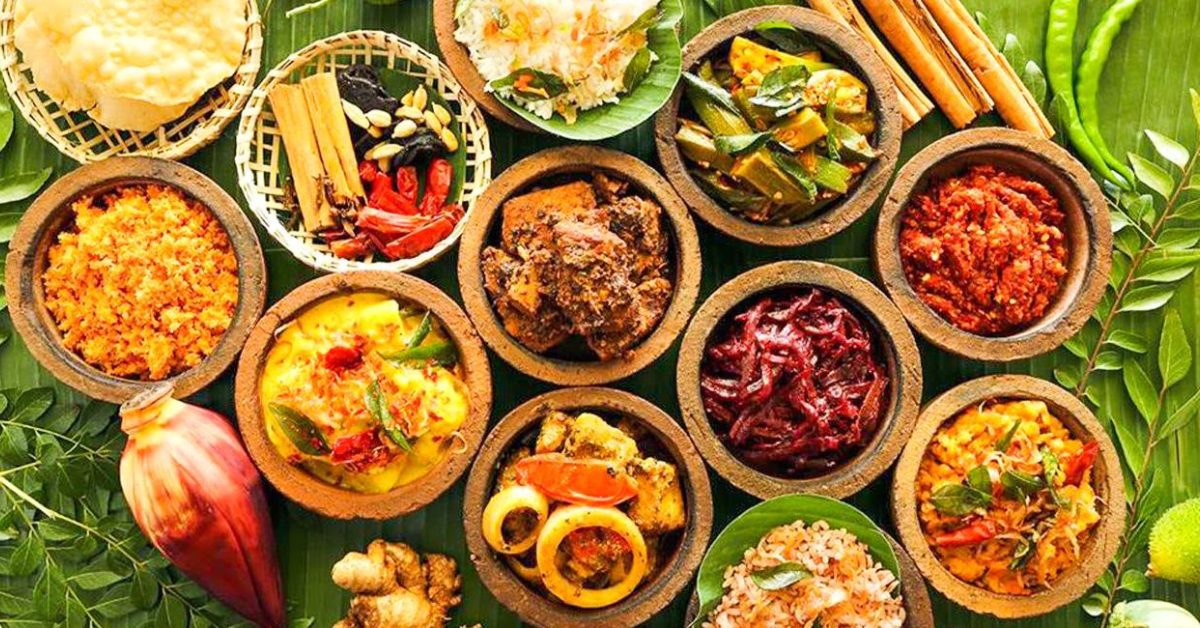
Mango tastes sweet, so it’s easy to assume it’s off-limits if you’re managing diabetes. Recent human studies suggest a more balanced view. When fresh mango replaces a processed snack at equal calories, markers like insulin sensitivity and day-to-day glucose control can improve. Context and portion size matter more than sweetness alone.
A six-month randomised trial in adults with prediabetes compared one fresh mango a day with an iso-calorie processed snack. The mango group saw better fasting and longer-term glucose markers, improved insulin sensitivity, and small but meaningful shifts in body composition. The fruit contained more total sugar than the control snack, yet outcomes were better. That points to fibre, water, and plant compounds changing how the body handles the sugars in a whole food.
A separate clinical study in adults with overweight or obesity found a similar story: daily mango improved insulin sensitivity without weight gain when calories were matched. The principle is simple. Swap, don’t stack. For diabetes, mango may be a good option after all.
Whole mango arrives with soluble fibre and a broad mix of polyphenols such as mangiferin and quercetin. Fibre slows stomach emptying and spreads out glucose absorption. Polyphenols can modestly dampen the enzymes that break down carbs and may support insulin signalling. Water volume increases fullness and reduces the speed of eating. Together these factors can flatten the post-meal glucose curve compared with a refined snack of the same calories.
Fresh form matters too if you are dealing with diabetes. In acute feeding tests, fresh mango produced a steadier post-meal response and better satiety than dried mango or white bread. Drying concentrates sugars per bite and cuts volume, so it is easier to overshoot.
Keep the energy budget constant. If you normally reach for a biscuit or granola bar at 4 p.m., replace it with a measured serving of fresh mango. Do not add mango on top of everything else and expect better numbers. The benefits in trials came from replacement, not addition.
Start with half to one cup of diced mango, roughly 100–150 g. Pair it with protein or fat to slow absorption. Greek yoghurt, cottage cheese, or a small handful of nuts work well. Eat the fruit with a mixed meal rather than alone.
Check your own response the first few times. If you use a glucose meter or CGM, look at readings at 60 and 120 minutes. If your rise is larger than you’d like, trim the portion, move the fruit into a meal that contains protein and fat, or shift it closer to exercise.
Click on here “The Benefits of Sri Lankan Spices: Flavour, Health, and Everyday Uses”
Glycaemic index values for mango sit mostly in the medium range, but variety and ripeness shift the number. Slightly less-ripe fruit often digests more slowly than very soft, very sweet fruit. That said, GI is one lever among many. Portion size, meal composition, and your personal glucose dynamics usually matter more than chasing the perfect cultivar.
Early clinical data in people with type 2 diabetes are encouraging but not definitive. Controlled portions of fresh mango can produce glucose excursions comparable to or lower than refined snacks when calories match. Effects are modest and vary by person. The safest route is to personalise: test, observe, and adjust.
Medication users need one extra step. If you take insulin or sulfonylureas, monitor more closely when you change carbohydrate sources. Replacements can alter timing and magnitude of glucose peaks. Titrate with your clinician if needed.
If you suffer from diabetes and weight loss is a goal, pre-portion servings. Fruit is easy to overeat straight from the chopping board. Small containers help you keep the swap strictly iso-calorie.
If you live with gastroparesis, higher-fibre fruit may aggravate symptoms. Trial small amounts, assess tolerance, and adjust.
Mango is not a free food. It is not a cure or a substitute for medication. It will not fix a high-calorie diet by itself. The best results appear when fresh mango replaces a refined snack at equal calories inside a generally healthy pattern that respects your targets for carbs, protein, fat, and fibre.
It also does not say that dried mango or juice delivers the same benefit. Drying removes water and compresses calories; juice removes fibre completely. Both are easier to overconsume and act faster in the bloodstream.
Half a cup of diced mango weighs about 80–90 g. One cup weighs around 150–165 g. Most medium mangoes yield 1 to 1½ cups of flesh once peeled and pitted. If you prefer exactness, weigh your portion once or twice to learn your eye. After that, you can eyeball with confidence.
For many readers, a rise of 2–3 mmol/L (≈36–54 mg/dL) at one to two hours after eating is an acceptable window. Your targets may differ based on your care plan. Use your own meter data to make the decision, not generic charts.
Different cultivars carry different starch-to-sugar ratios and fibre structure. Less-ripe fruit contains more resistant starch, which digests more slowly. Very ripe fruit tastes great but may act faster. You do not need to memorise cultivar names to benefit. If your readings run high with very soft fruit, shift to firmer mango or trim the portion and pair with more protein.
If your fasting glucose is consistently high, fix the base pattern first before tinkering with snacks. Focus on total calories, protein adequacy, and fibre from vegetables, legumes, and whole grains. Fruit sits inside that base, not above it.
If you notice late-evening spikes after dessert fruit, move mango earlier in the day or into lunch. If you are waking high, review your evening carbs with your clinician.
If you feel hypoglycaemic symptoms after swapping snacks, check your readings. Replacements can change insulin timing needs. Adjust with professional guidance.
Fresh mango can fit a diabetes-friendly diet when you respect three rules. Keep portions modest. Swap it for a refined snack at equal calories. Pair it with protein or fat and, ideally, eat it within a mixed meal. Do that consistently and you get flavour without chaos, steadier energy through the afternoon, and a small improvement in metabolic markers over time. It’s not about banning fruit. It’s about using whole fruit intelligently.
Click on here “The importance of generating awareness among boys and men about menstruation”

SatynMag empowers women with inspiring stories, expert advice, and uplifting content to fuel their strength and dreams
Welcome to Satynmag S Suite, online knowledge platform for career and personal growth. This is where you can empower yourself with cutting edge knowledge, latest know-how and grow.


